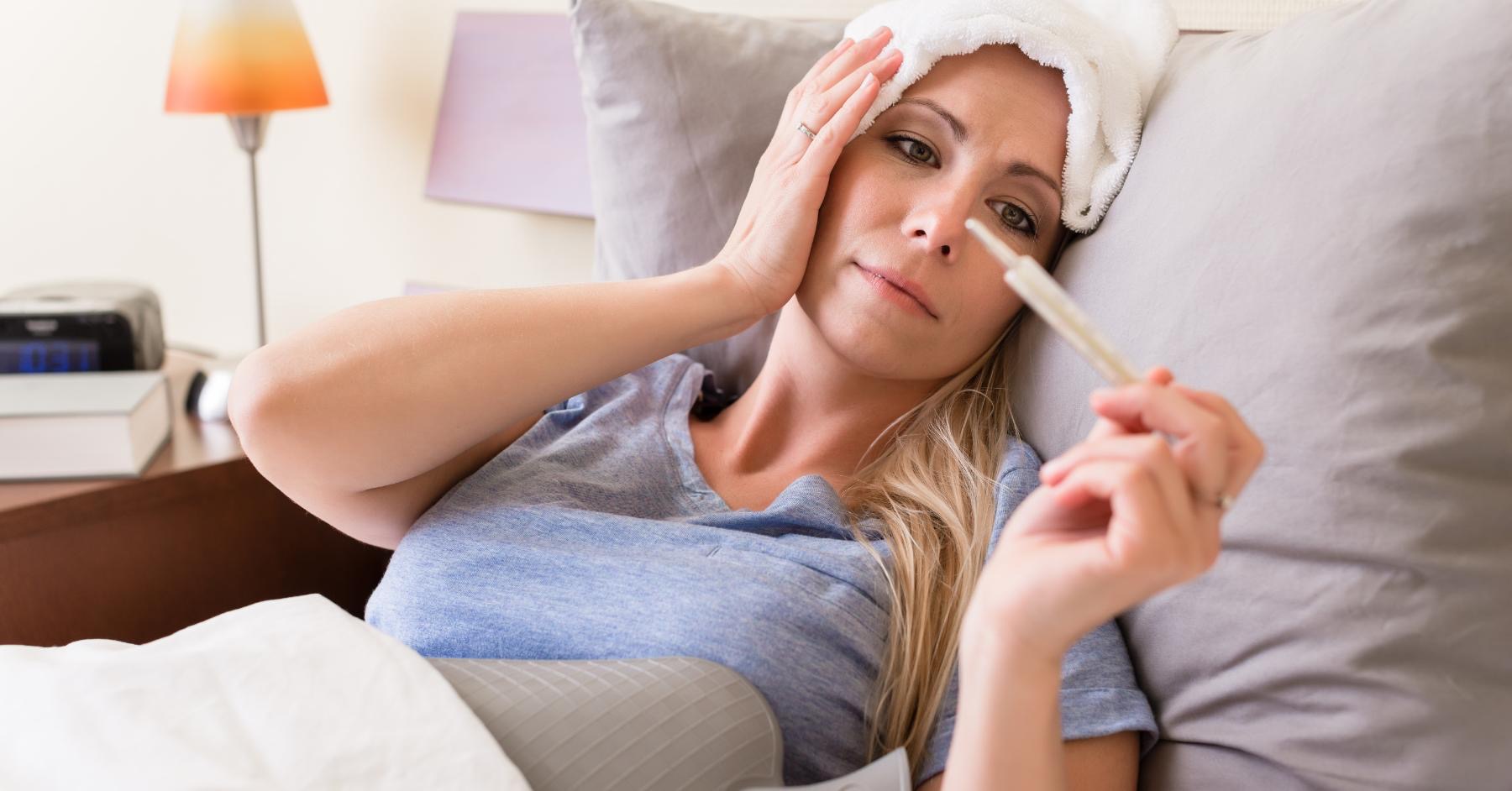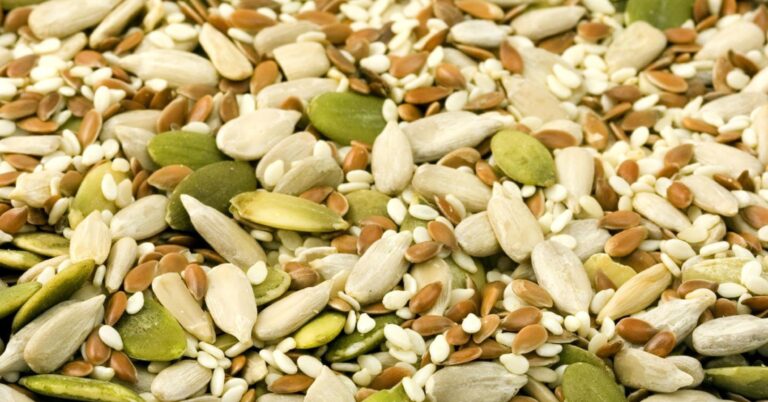Always Sick Before Your Period? This Could be Why
It’s not just your imagination if you experience nausea, exhaustion, or a pounding headache in the days leading up to your period. Millions of women suffer from menstrual migraines, a real and frequently underdiagnosed condition that is particularly prevalent during the luteal phase of the cycle (the week before menstruation begins). Menstrual migraines, in contrast to regular headaches, are caused by changes in hormones, particularly the decrease in estrogen. They can be much more severe, last longer, and be difficult to treat with over-the-counter medications. Here are the latest scientific findings and expert opinions regarding menstrual migraines, along with suggestions for how to feel better.
What Are Menstrual Migraines, and Why Do They Happen?
Menstrual migraines are severe, pulsating headaches that typically appear two to three days before your period starts. They are often accompanied by nausea, light and sound sensitivity, vomiting, exhaustion, and even mood swings. According to board-certified headache specialist Dr. Susan Hutchinson, MD, author of The Woman’s Guide to Managing Migraine, hormonal shifts, particularly the drop in estrogen before menstruation, trigger changes in brain chemicals like serotonin, which contribute to migraine symptoms. Since hormonal changes are more challenging to control than environmental triggers like stress or food sensitivities, they are more difficult to treat than other types of migraines and frequently occur without aura.
Study Findings: What the Research Says About Hormone-Driven Headaches
Scientific studies consistently support the link between hormones and migraines:
- A 2020 review published in the journal Headache confirmed that estrogen withdrawal is a major factor in triggering menstrual migraines.
- According to the American Migraine Foundation, menstrual migraines affect up to 60% of women who experience migraines, and they tend to be longer and more severe than non-menstrual attacks.
- A 2023 study in Cephalalgia Reports found that women with PCOS and irregular cycles may be at even higher risk for hormone-related migraines due to unstable estrogen levels.
These findings suggest that tracking hormonal patterns can be key to prevention and effective treatment.
Public Health Impact: Why Menstrual Migraines Matter
According to the World Health Organization (WHO), migraines are one of the main causes of disability among women under 50. However, a lot of women ignore their crippling premenstrual symptoms as “normal.” “These migraines are frequently misdiagnosed because they are attributed to stress or PMS,” says Dr. Amaal Starling, MD, a neurologist at the Mayo Clinic. “However, improving the quality of life for so many women requires an understanding of the hormonal link.” If left untreated, menstrual migraines can interfere with sleep, work, exercise, and even mental health, creating a monthly cycle of frustration and exhaustion.
How to Manage Menstrual Migraines: Lifestyle and Treatment Tips
While menstrual migraines can feel overwhelming, there are proven strategies that can help reduce their severity and frequency:
1. Track Your Cycle and Migraine Patterns
Use apps like Clue or Flo to track your menstrual cycle and identify when migraines typically strike. This helps you and your healthcare provider develop a proactive treatment plan.
2. Stabilize Blood Sugar with Anti-Inflammatory Foods
Eat a balanced, anti-inflammatory diet with whole grains, leafy greens, healthy fats, and magnesium-rich foods like nuts and seeds. Fluctuating blood sugar can exacerbate hormone swings and migraine frequency. Learn more from Healthline.
3. Consider Magnesium and Riboflavin Supplements
Research from the Journal of Headache and Pain shows that magnesium (400–600 mg daily) and vitamin B2 (riboflavin) can significantly reduce migraine attacks, particularly in hormonally sensitive individuals.
4. Talk to Your Doctor About Hormonal Therapies
In some cases, low-dose estrogen patches or continuous birth control pills can help prevent the hormonal drop that triggers migraines. Always consult a gynecologist or neurologist before starting hormone therapy.
5. Manage Stress and Sleep
Poor sleep and high cortisol levels worsen migraine symptoms. Practice mindfulness, yoga, or progressive muscle relaxation, and aim for 7–9 hours of sleep per night.
6. Try Natural Remedies Like Ginger and Peppermint Oil
A 2014 study found that ginger powder was as effective as sumatriptan, a common migraine drug, in relieving migraine symptoms. Peppermint essential oil applied to the temples may also provide short-term relief.
Don’t Ignore Hormone-Linked Headaches
If you consistently feel under the weather before your period, with headaches, exhaustion, or nausea, it might be menstrual migraines. While they can be tough, there are effective ways to manage them, especially when you combine different strategies. Dr. Starling says, “You don’t have to live with monthly migraines.” “Most women can get a lot of relief with the right treatment plan.” If you’re not sure if your headaches are hormonal, see your doctor or a headache specialist. Early intervention can help you feel better each month, improve your energy, mood, and productivity.
Check out the healthlynic ✔️approved range of products for Weight Loss, Improve metabolism and much more!







